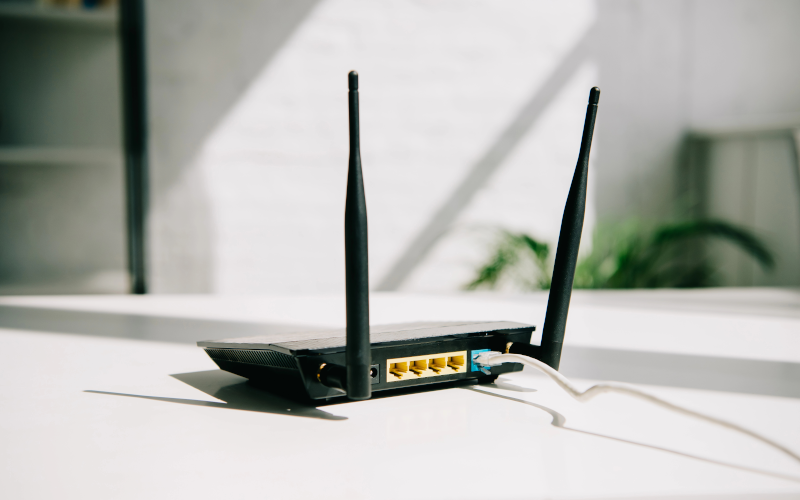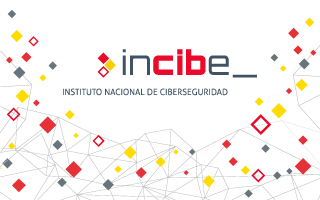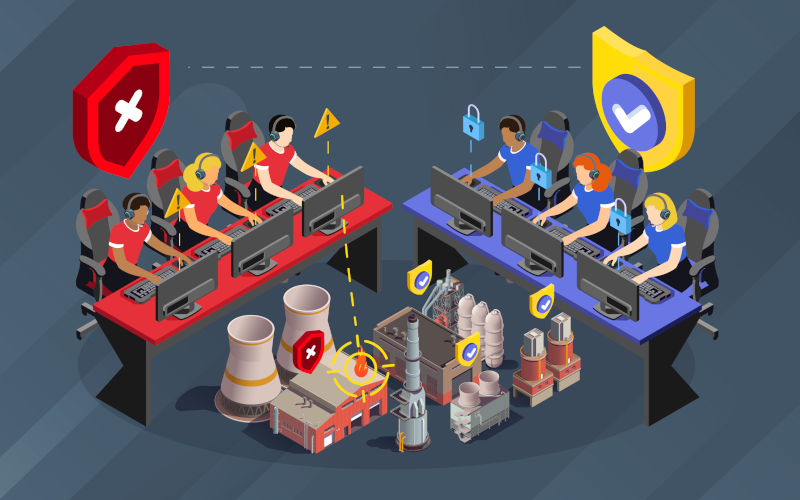
Organizations face the constant challenge of adopting new security strategies, such as the Zero Trust model, which operates under the premise of "never trust, always verify." This change is crucial especially in cloud environments, where identity and resource access management is more complex. In particular, the Secure Web Gateway (SWG) is a key system, which focuses on controlling user access to the web, protecting against web-based threats, and enforcing security policies. It acts as an intermediary between users and the internet, filtering and inspecting web traffic to ensure it meets the organization's security requirements.
However, implementing and managing SWGs presents significant challenges, such as integration with existing infrastructures, managing complexity, and scalability. These challenges require meticulous attention to ensure effective and efficient protection in the changing cybersecurity landscape. This article explores the purpose and function of SWGs, as well as their architecture, their ability to protect against cyber threats, and best practices for their implementation.






MITRE Caldera OT stands out mainly for being an open-source tool that allows the simulation of different cyber-attacks in industrial environments. This tool was created by MITRE and CISA (US Cybersecurity and Infrastructures Security Agency), as the experts saw the need to be able to improve and understand cybersecurity in industrial environments without using a high number of resources.
In addition, this tool is designed to be used by both the Red Team and the Blue Team, allowing both teams to collaborate with each other to improve the level of cyber security in these environments.






